Quantum Quest
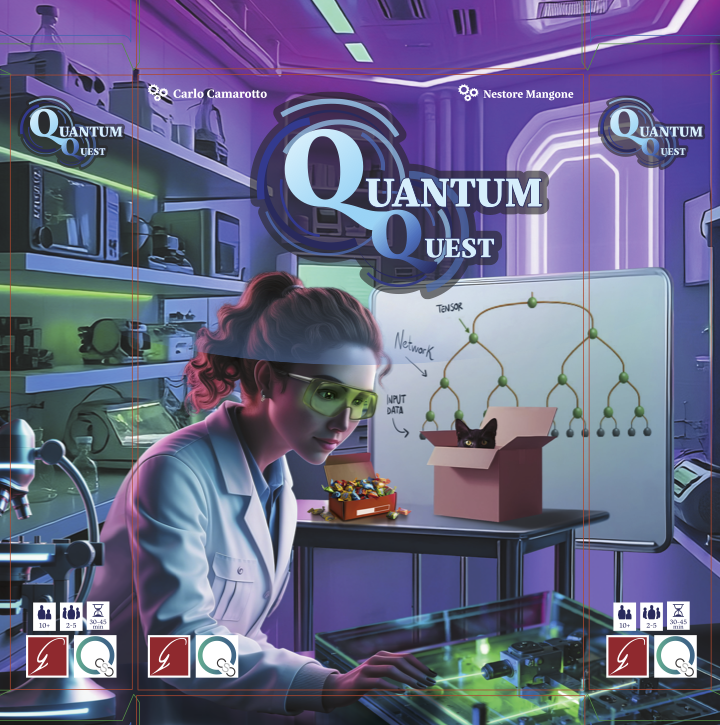
Introduction
In the last centuries, every physical theory have spawn new technologies, from the understanding of velocities and masses we had the development of mechanical systems; from thermodynamics the development of thermal engines; while the understanding of electricity and magnetism lead to the development of electrical circuits, washing machines and modern telecommunication and computation industries.
Similarly, the last great physical revolution occurred in the XX century, the understanding of the atomic and subatomic world driven by quantum physics, is now leading to the development of a whole new class of technologies, what we now call quantum technologies. These new technologies promise to revolutionize our world improving everyday tasks like communications, sensing, simulations and computations. However, to engineer these futuristic technologies, our labs and industries need to master the art of controlling single atoms and to manipulate them to create specific states characterized by unique quantum properties, known as entanglement. This is the quest ahead of us, already undertaken by many researchers and innovators around the world that this game is representing.
Join us in the challenge of developing quantum technologies, increase your research capability, create thousands of qubits and entangle them faster than your adversaries, be the first to climb the pyramid of quantum technology and claim your space in the history of science and technology!
Resources
Qubits
The qubits are the elementary bricks used to build quantum technologies. In modern ICT, bits are used to encode information and to perform communication and computation tasks. In quantum technologies qubits brings quantum information and can be implemented with different hardware: single atoms or ions, superconducting circuits, single photons or even impurities in diamonds. Qubits are necessary to build all quantum technologies: they encode quantum information and can be manipulated to transfer messages, perform computations and simulations, or to perform measurements with better performances than with any classical technology currently in use.
Entanglement
Entanglement is a unique property of quantum systems, what distinguish a quantum system from a classical one. What has been theoretically proven and later on experimentally demonstrated, is that two quantum systems can be correlated in a way stronger than any classical system can be. Correlations means that one system state depends on the other system state, that is, that one system knows something about the other. Thus, correlated systems can be used to process and transmit information, the more correlated the more efficient the protocol can be. Given that quantum systems can be more correlated than classical ones, those information protocols can be more efficient than classical ones, leading to better and more performing technologies.
Entanglement, these very strong correlations, is possible to establish only between quantum systems. It is extremely difficult to increase the number of systems (e.g., atoms) that are entangled, as more atoms you consider the more the system becomes classical (we are classical systems made of trillions of atoms), and by definition classical systems do not display quantum behavior. Entanglement is one of the quantum mechanical properties that made Einstein disbelief the correctness of quantum mechanics.
Research & Development capability
Every human endeavor requires resources, planning, efforts and endurance, hopefully helped by some luck: as they say, “Rome wasn’t built in a day”. This is particularly true with fundamental research and high-tech development. The only successful way we know to trigger and maintain constant development of fundamental research and advanced technologies is to create and maintain for long time an environment where the many necessary components to make research and development thrive can meet: high-skilled human resources trained in a stable and fully developed system of Universities and public and private research centers; availability of funds at different levels (steady long-term for fundamental research, mid-term investments for technology developments and high-risk high-gain capital for industrial developments); infrastructures encompassing from strategic communications to high-level enabling technologies; easy access to all necessary previous know-how and high-technologies to be exploited to develop the next step. In summary, to be able to produce the mix that resulted in decades of leadership in some specific high-tech, such as, e.g., the Silicon Valley for the world wide web and dot companies.
Quantum eras and entanglement levels
This game represents the quest for developing quantum technologies. This is represented by the pyramid to be build, formed by four different eras. The first and starting one, represents the foundations that made all this possible.
In the Foundational era (ERA 0), entanglement is a bare theoretical idea not yet well understood, triggering profound scientific and philosophical discussions on its mere existence. This theoretical, fundamental and apparently useless research lead the foundations for all the technology developed today, based on the quantum mechanical physical laws and the consequent understanding of the atomic structure and of the property of superconductors, the theory of quantum information, and the laser technology.
The next era (ERA 1) represents the development of the quantum information theory and of the first experimental demonstrations, where the existence of entanglement and of its properties have been experimentally proved. The first one- two-qubit systems have been built in the labs and have been entangled.
The following era represents the current period (ERA 2), where nontrivial quantum information protocols have been experimentally demonstrated, some of them are leaving the labs and are being engineered by commercial companies, creating new markets and novel possibilities. The main limitations faced by all these technologies is the ability of entangling more than some tens of qubits, necessary to fully exploit their potential.
Finally, the last era (ERA 3), represents a foreseeable future where quantum technologies have been fully developed and engineered, and will impact all information and communication technology aspects of our life. Our ability of creating and manipulating entangled qubits will be beyond hundreds of them, enabling fault tolerant quantum computation and the implementation and exploitation of all theoretical quantum information protocols proposed so far.
Quantum technologies pillars
Quantum technologies can be classified in four large areas or main pillars, as done by the Quantum Flagship, the first continental funding program funded by the European Union to develop quantum technologies in this decade (www.qt.eu). These pillars are Quantum Computation, Quantum Simulations, Quantum Communications and Quantum Sensors, each of them devoted to developing the specific quantum version of the corresponding classical ones. In the Quantum Quest game, each card is characterized by one or more symbol depending if it represents a scientific result that belongs to one or more pillars. Each specific pillar gives a corresponding advantage to the player that plays that card.
Cards
ERA 0 – Foundations – Entanglement level 0
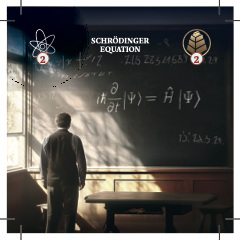
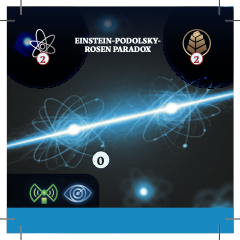
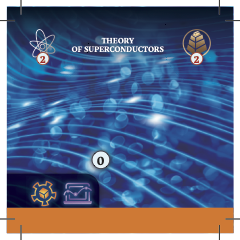
Laser: A consequence of the quantum nature of light, we mastered the art of creating coherent light where every photon behaves in the very same way, differently from natural light where each photon is slightly different. The net result are laser that enabled many different technologies like laser pointers, compact disks, lithography etc.
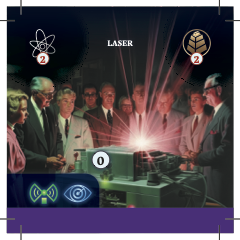
Heisenberg limit: the theoretical proof that entanglement enables measurement protocols that outperforms classical measures is put forward and protocols to probe it in the lab are proposed.
A theoretical protocol that exploits the superposition and measurement postulates of quantum mechanics is put forward: it shows that theoretically it is possible to learn if an object is present in a particular place without looking or interacting with it.
NV-centers in diamonds: the quantum properties of defects in diamonds at room temperature are investigated and established. They are individuated as potential qubits for quantum information processing that could work at room temperature.
Bell’s inequalities: In 1964 John Bell proposed the first experiment to test in the lab the Einstein-Podolsky-Rosen paradox: A particular combination of measurements on two photons prepared in a special (entangled) state, could determine if quantum mechanics is correct or not.
Aspect’s experiments: In 1982, Alain Aspect, Philippe Grangier and Gérard Roger, performed the first solid experimental test of Bell inequalities, proving that quantum entanglement is real and quantum mechanics describes entanglement and other counterintuitive properties of nature correctly.
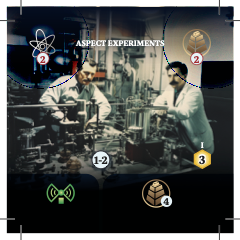
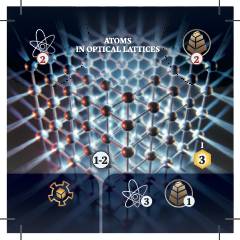
Shor’s algorithm: One of the most famous quantum algorithms, introduced by Peter Shor in 1994. It shows that universal quantum computers could break the current Rivest-Shamir-Adleman (RSA) cryptographic standard, potentially menacing the current telecommunications infrastructure.
Trapped ions two-qubits gate: The first experimental demonstration of a logical operation between two ion-qubits is performed, following the theoretical proposal of Ignacio Cirac and Peter Zoller in 1995.
Rydberg atoms in optical tweezers: atoms excited to very high orbitals preserve their quantum properties for very long times, while becoming of sizes of the order of micrometers. This creates the perfect conditions to trap them via special lasers called optical tweezer and to engineer a quantum computing hardware.
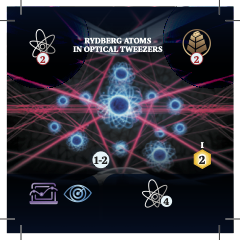
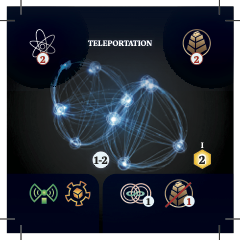
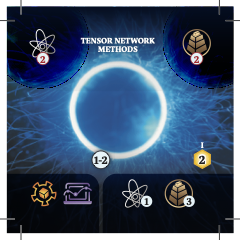
No cloning theorem: In 1982 it was proven that a quantum system cannot be photocopied as we do with classical ones! No quantum machine or protocol can perfect copy a quantum system without disturbing (or even destroying it as in the teleportation protocol!) the original one. This quantum feature is at the heart of QKD security.
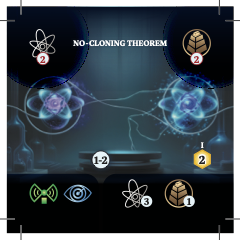
Magneto quantum sensors: quantum bits are integrated to create a sensor that can be used to measure magnetic fields with very high precision.
Brain sensors: NV-centers in diamonds are applied for sensing neuron activities from outside the brain, without the need of inserting microneedles. Their sensitivity and being biological inert make these sensors highly promising for biomedical applications.
Satellite for quantum communications: the first satellite implementing quantum communication protocols is launched in orbit and proven to be functional.
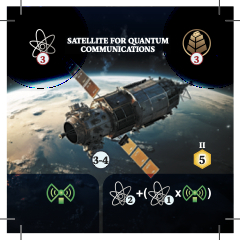
Long-distance Quantum Key distribution: quantum key distribution is proven to be functional over hundreds of kilometers in telecom optical fibers and in free space in natural conditions, also in presence of turbulence and not perfect conditions.
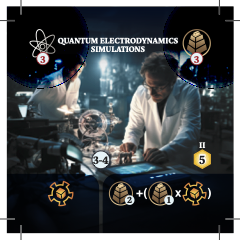
Quantum machine learning: the idea of exploiting quantum computer to perform machine learning tasks is put forward and explored, showing a potential quantum advantage also in the ubiquitous applications of machine learning.
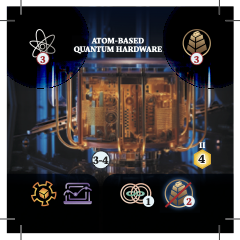
Superconducting hardware: commercial quantum computer hardware based superconducting circuits is developed and proven to be working on proof of principle mid-scale quantum computation.
Ion-trap hardware: commercial quantum computer hardware based on trapped ions is developed and proven to be working on proof of principle mid-scale quantum computation.
Quantum repeaters: a quantum protocol developed to create entangled particle at long distances is experimentally proven over hundreds of kilometers.
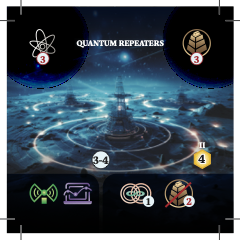
Quantum venture capital: venture capital start to invest on startups promising to develop various quantum technologies, providing the necessary risk capital to foster a rapidly growing economic system of new companies, complementing the public investments in the basic research driven by Universities and Research centers.
Quantum scanners: quantum sensors are used to develop quantum scanners able to exploit entanglement and superposition to enhance their performances.
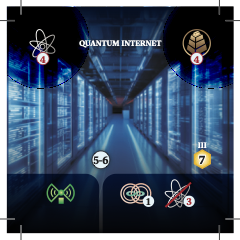
Quantum secure communications: quantum cryptography is adopted as a world standard and deployed in commercial, defense and critical environment ensuring secure communications certified by the quantum properties of photons.
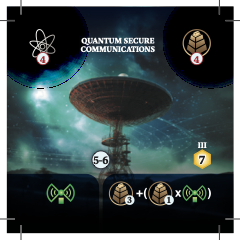
Quantum machine learning: universal quantum computes are applied to machine learning tasks boosting the current capabilities, drastically reducing the time and energy needed for AI applications.
Quantum Blockchain: universal quantum computers and quantum communications are integrated to develop blockchains with quantum-secure standards.
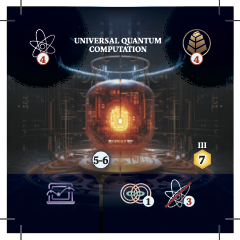
Quantum engineered materials: universal quantum computers are routinely used to engineer new materials with the desired characteristics needed to amplify quantum technologies performances in terms of precision, energy needs and speed.
Acknowledgments
We acknowledge support from the Quantum Computing and Simulation Center of Padova University via the World Class Research Infrastructure grant and of the Department of Physics and Astronomy of Padova University. We thank the inspiration, testing capabilities, graphical inspiration and support, and comments of Pietro Silvi, Ilaria Siloi, Marco di Liberto, Carmelo Mordini, Marco Ballarin, Timo Felser.
